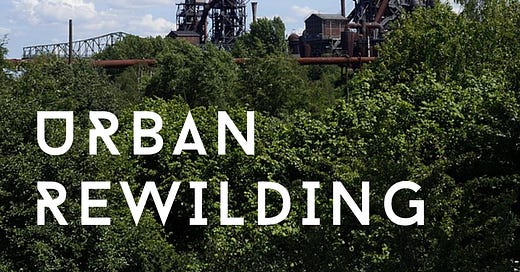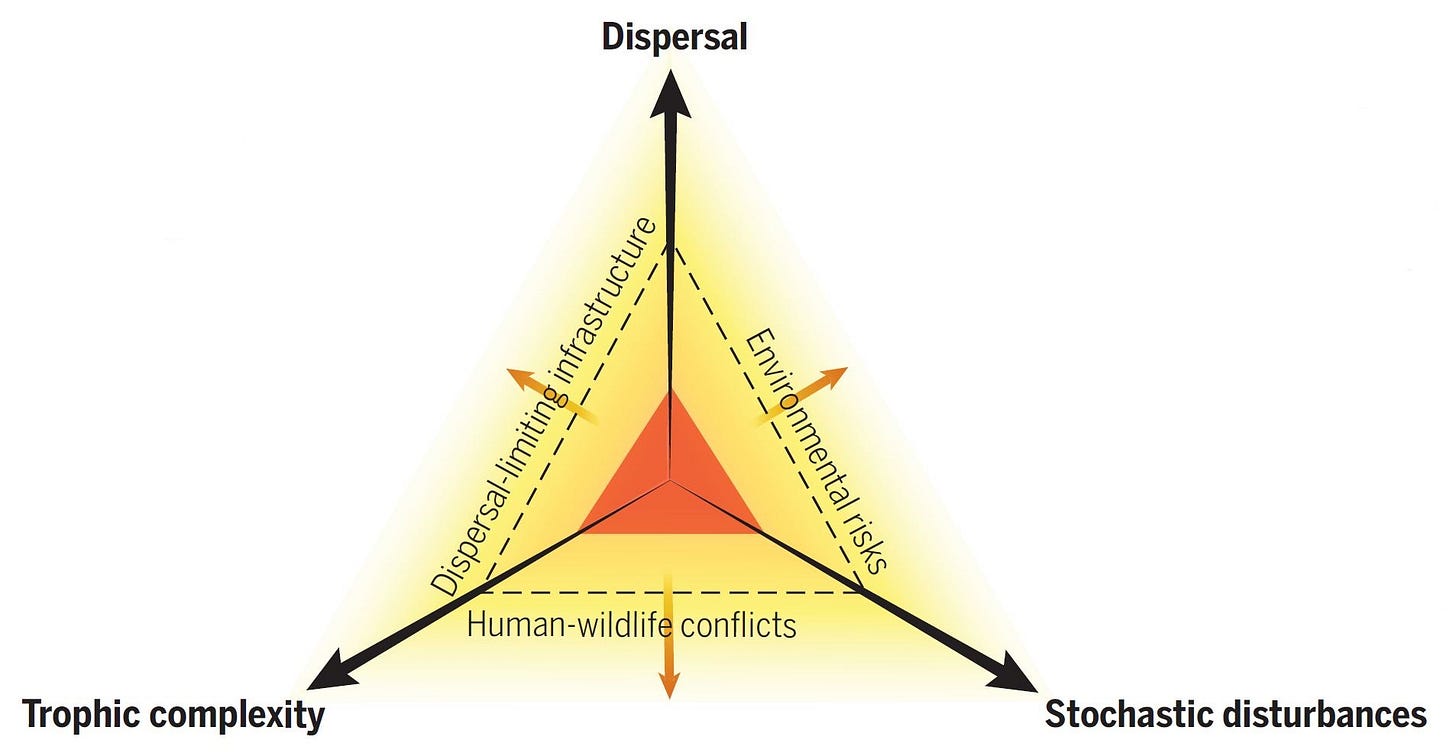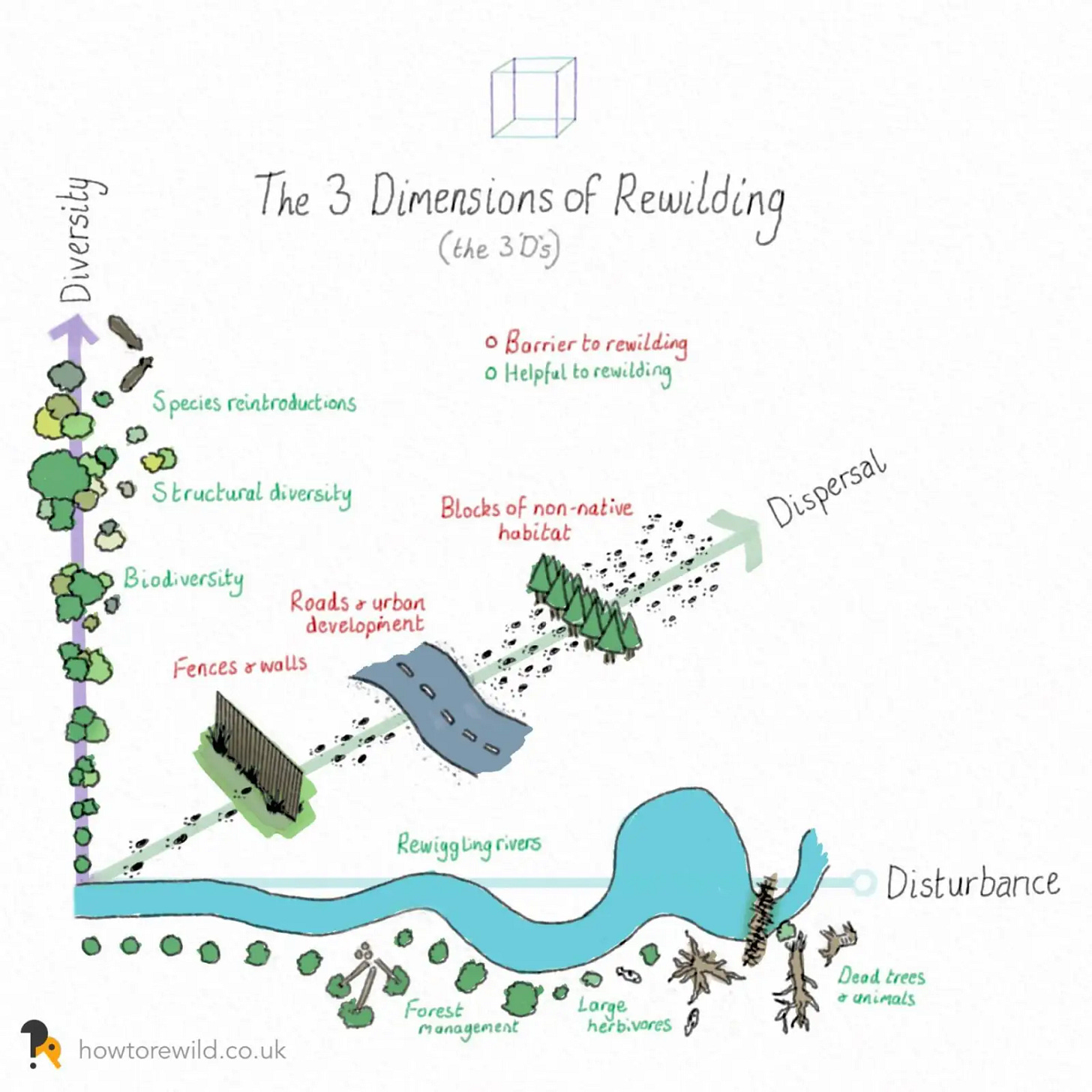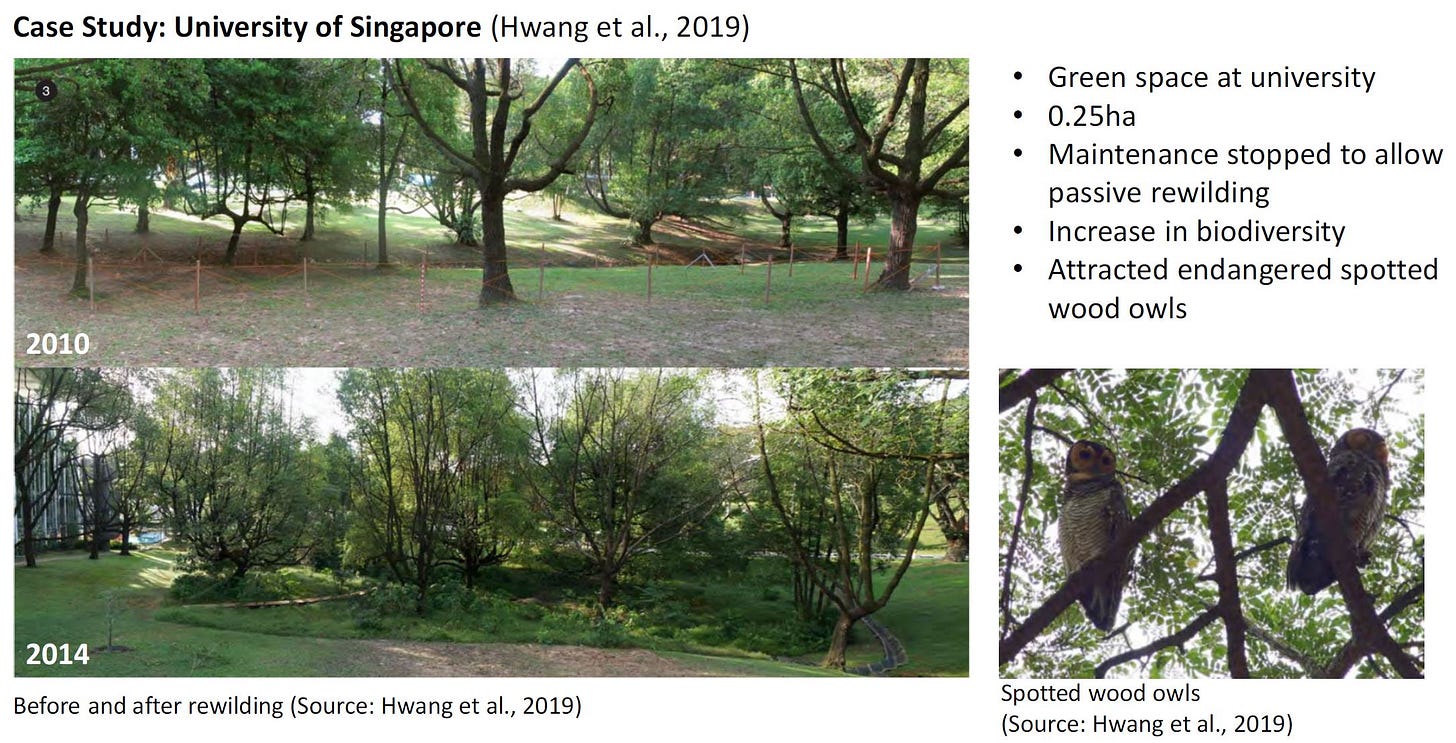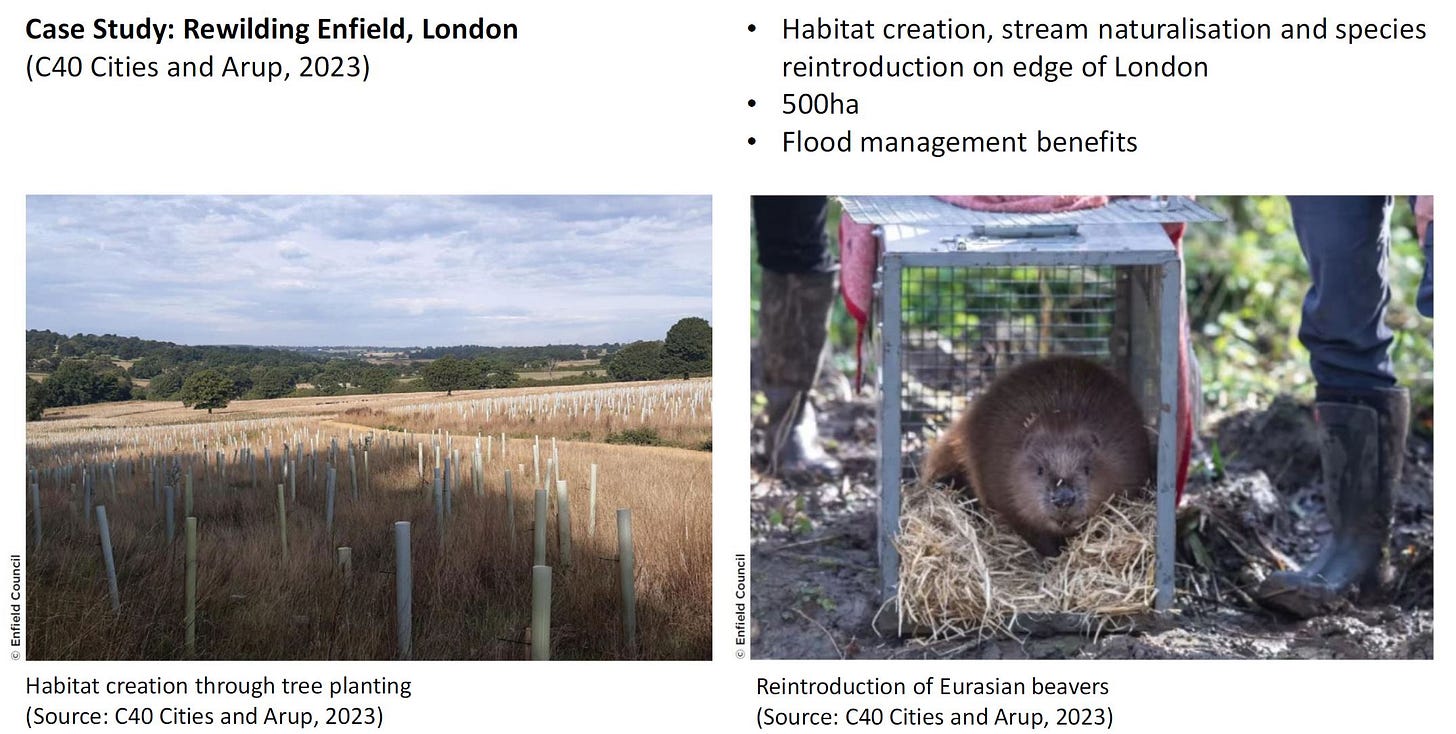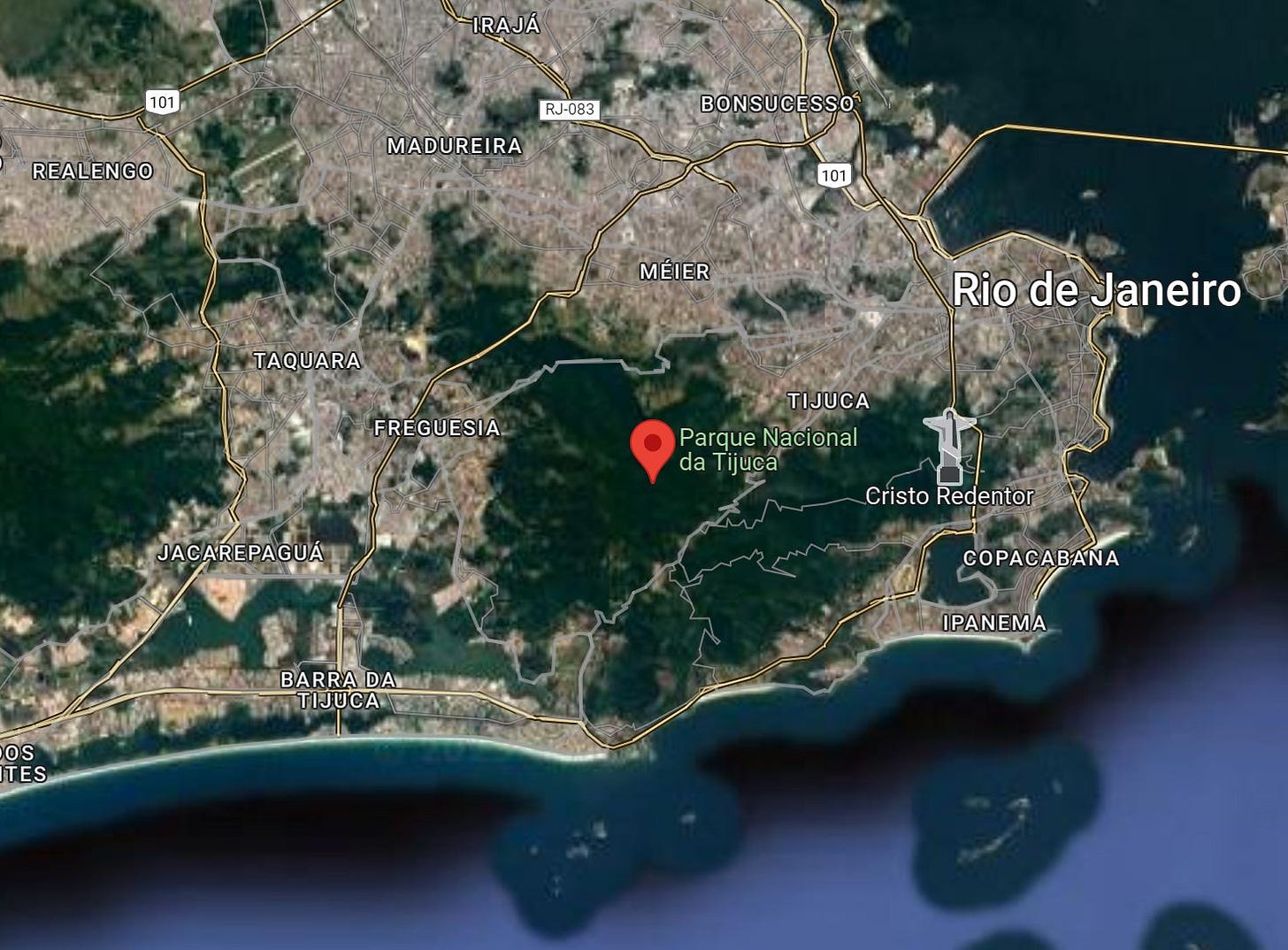Listen to the episode here or find it on your podcast app. Just search for Green Urbanist. Check out the images and links below as you listen.
What is urban rewilding? Can it be done in cities? Is anyone doing it?
In this episode, we explore:
History of the rewilding concept
Current best practice in rewilding
How rewilding can be applied to cities
Case studies of active and passive rewilding in urban areas around the world
Corrections:
We made a few small errors in this podcast. Around 24:00, Giulia says Sequoia tree seeds come in 'pine nuts' when she meant to say 'cones' (you can see how her mind was working...).
Around 40:00, Ross says Rewilding Enfield is along the River Lea, when it is actually on the other side of the Borough in Enfield Chase (sorry, Londoners...).
Continuum of Wildness
This is a bit of a confusing diagram but it gets the message across! My only problem with this diagram is that it excludes urban areas from rewilding ambition.

George Monbiot TED Talk on Rewilding
Reintroduction of wolves to Yellowstone National Park:
https://www.ted.com/talks/george_monbiot_for_more_wonder_rewild_the_world?language=en
3 Ecosystem Processes in Rewilding (3D’s)
According to Perino et al. (2019) rewilding aims to restore three ecosystem processes, shown below.
Chris D’Agorne repackages these as the 3D’s: Diversity, Dispersal and Disturbance, in his excellent blog post on howtorewild.co.uk.
Passive Urban Rewilding Case Studies
Active Urban Rewilding Case Studies
Reintroduction of species to Tijuca National Park, Rio de Janeiro
Scientists reintroduced the Red Humped Agouti and Brown Howler Monkey to this urban patch of Atlantic rainforest. Source: Fernandez et al (2017)

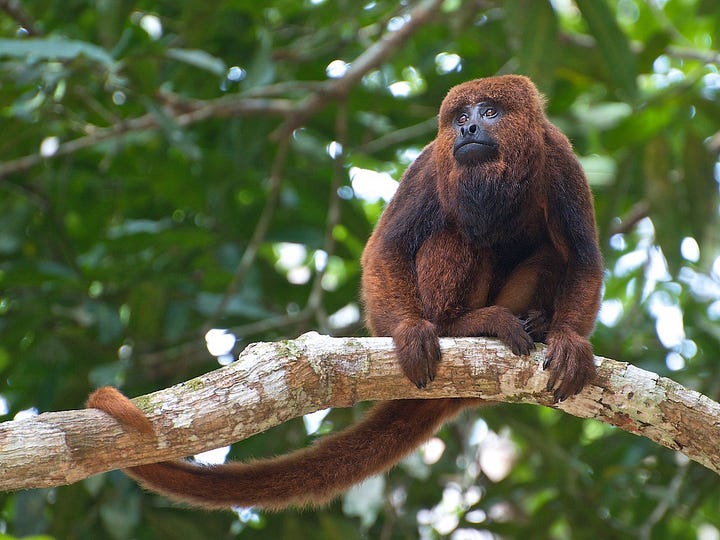
Thanks for listening and reading! What was your biggest takeaway from this episode? Let me know in the comments. I’d love to hear from you.
‘Til next time,
Ross
Bibliography
C40 Cities and Arup (2023) Urban Rewilding: The value and co-benefits of nature in urban spaces.
Carver, S. et al. (2021) ‘Guiding principles for rewilding’, Conservation Biology, 35(6), pp. 1882–1893. Available at: https://doi.org/10.1111/cobi.13730.
Diemer, M., Held, M. and Hofmeister, S. (2003) ‘Urban Wilderness in Central Europe’, 9(3).
Fernandez, F.A.S. et al. (2017) ‘Rewilding the Atlantic Forest: Restoring the fauna and ecological interactions of a protected area’, Perspectives in Ecology and Conservation, 15(4), pp. 308–314. Available at: https://doi.org/10.1016/j.pecon.2017.09.004.
Hwang, Y.H., Yue, Z.E.J. and Patil, M.A. (2019) ‘Urban Wild Initiative: Rewilding Urban Green Spaces to Enhance Biodiversity’, CITYGREEN [Preprint], (17).
Keil, P. (2019) ‘Industrial nature and species diversity in the Landscape Park Duisburg-Nord’.
Kim, G. (2016) ‘Assessing Urban Forest Structure, Ecosystem Services, and Economic Benefits on Vacant Land’, Sustainability, 8(7), p. 679. Available at: https://doi.org/10.3390/su8070679.
Kowarik, I. (2013) ‘Cities and wilderness. A new perspective.’, International Journal of Wilderness, (19), pp. 32–36.
Norton, B.A. et al. (2019) ‘Urban meadows as an alternative to short mown grassland: effects of composition and height on biodiversity’, Ecological Applications, 29(6), p. e01946. Available at: https://doi.org/10.1002/eap.1946.
Perino, A. et al. (2019) ‘Rewilding complex ecosystems’, Science, 364(6438), p. eaav5570. Available at: https://doi.org/10.1126/science.aav5570.
Pettorelli, N. et al. (2022) Rewilding our cities. London: Zoological Society of London.
Soulé, M. and Noss, R. (1998) ‘Rewilding and biodiversity: complementary goals for continental conservation.’, Wild Earth, pp. 18–28.

